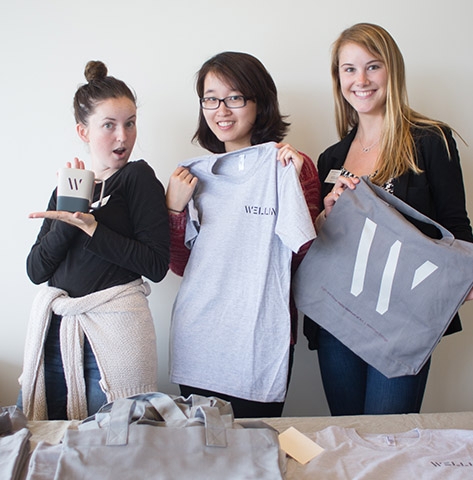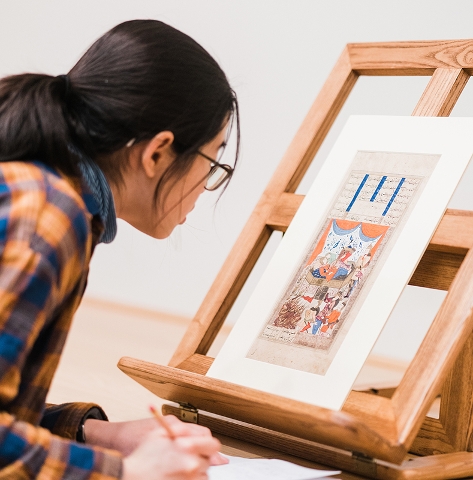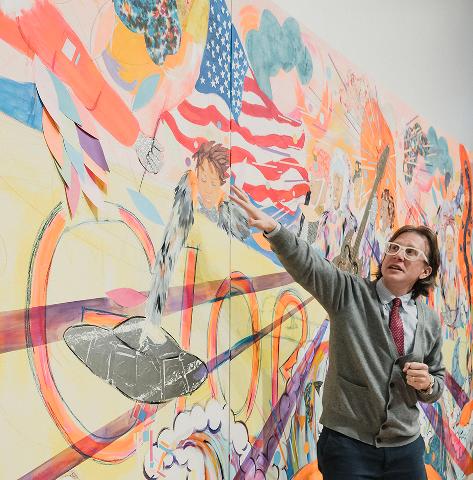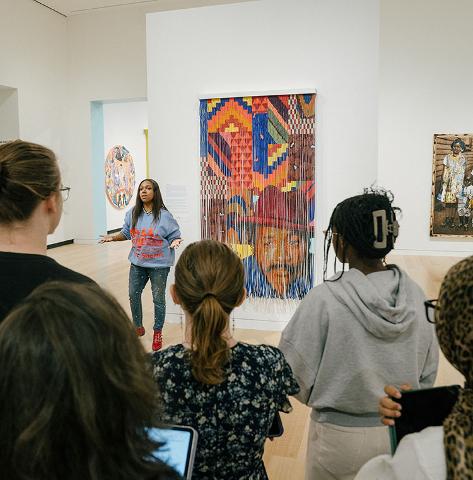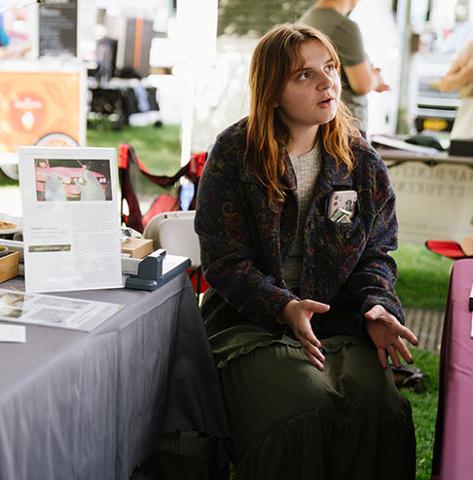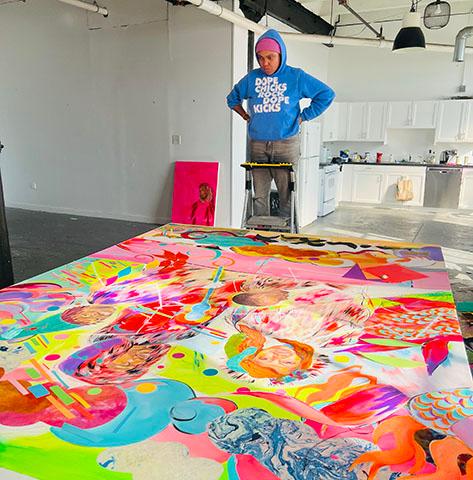John Bentham
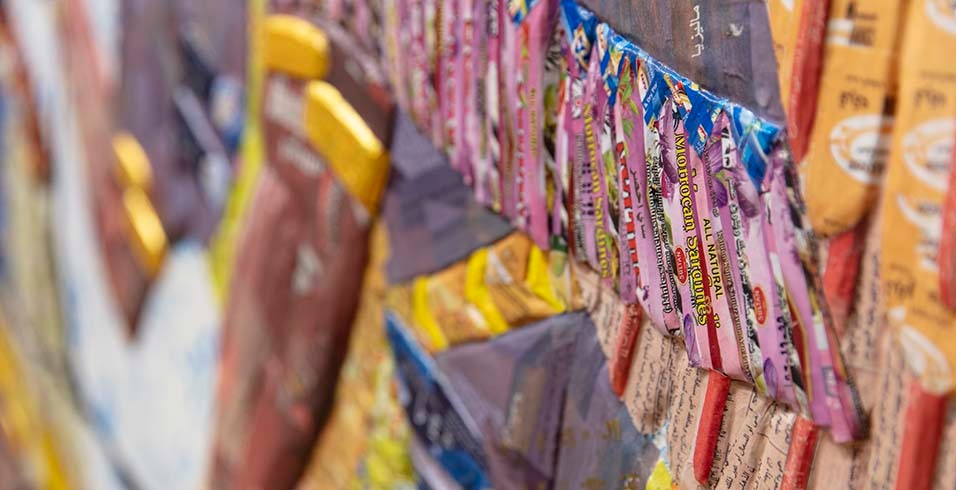
When speaking about Iraq, people have often asked me whether I prefer the word Mesopotamia. While referring to a geographic territory is something of an improvement over the tragedy of calling something by the name of a nation-state, Mesopotamia is derived from Greek, and so I find myself fluid, referring to Iraq for clarity of what that place is called now, but personally preferring names like the Aramaic Aram Nahrein or Bet Nahrein (between two rivers) and the Arabic Bilad al Rafidain, the land of two rivers.
People have also asked why these Assyrian reliefs are made with Arabic West Asian food packaging and Arabic-English newspapers and not items in Syriac. I wanted to enlist materials used here in the US diaspora that connect to places like Nimrud, Nineveh, Babylon, etc. While I continue to engage Assyrian libraries and organizations to look for packaging or newspapers in Syriac or Aramaic to include in these works (we have not found any and the Assyrian-Arabic newspaper Bahra is printed in Baghdad, not the diaspora), the fact remains that in order to make much of the food that is part of the cuisine of this region, we buy from proprietors that are making these ingredients for diaspora communities from the entire region of West Asia. To make the Baghdadi Jewish recipes I grew up with, I buy the ingredients from companies like Ziyad, Sultan Brand, and even the Persian Sadaf. Interestingly, many of these products are bought from groceries either owned by Assyrians or grocery stores that cater to the Assyrian community here in Chicago. So, there is a nice circular ecology where the descendants of the people responsible for the Northwest Palace of Nimrud are reflected in the reappearances of the destroyed reliefs. In making these lost pieces of cultural heritage in life size, I wanted to connect it to our meals and celebrations that, in order for them to be recreated in life size, sometimes require a substitution. Substitute is derived from the latin substituere, which comes from statuere, whose noun derivative is statua or statue. I have worked for much of the past two decades making sculptures that are substitutions for other sculptures that have disappeared or been destroyed, so this word offers much when considering this ongoing work. A placeholder, whether it is an ingredient that gets increasingly more difficult to find the further one gets from home, or is packaged differently. This illustrates the steadfastness in continuing cultural traditions and survival as a form of resistance.
It should also be noted that the standard inscription that sits atop the collage of these different materials is in fact Assyrian Cuneiform, rendered in gold foil. So, it is in fact present [tense].
The reason for enlisting the Arabic-English newspapers is due to the fact that they cater to the many immigrants, asylum seekers and refugees that have arrived in Chicago since the beginning of the Iraq war and also the Syrian civil war. The newspapers are distributed for free from the grocery stores at which the food packaging is procured. They list advertisements from sign-makers, restaurants, and jewelers, but also lawyers aiding in resettlement, asylum cases, temporary housing, and faith-based charities offering help. So, whether these are newly-arrived Assyrian families from Shaqlawa, Dohuk or Mosul, or families from Damascus or Aleppo, they will share fluency in Arabic and thus many of the services are advertised in Arabic and English.


